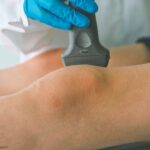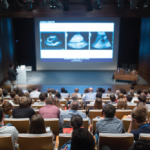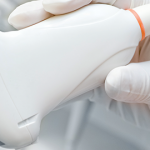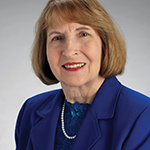Moreover, the art of revelation is inherently narrative. Just like the adage, “A picture is worth a thousand words,” each ultrasound image is a novella in its own right. Each scan speaks of the majesty of billions of years of evolutionary biology and provides glimpses into the unpredictable world of pathology. Within the context of the patient’s illness, it provides affirmation of their signs and symptoms as well as opportunities for management and relief. True masters are able to appreciate the subtlety of these details and anticipate the plot lines.
Finally, ultrasonography demands trust. The patient entrusts the rheumatologist to reveal something about themselves. In turn, the rheumatologist using ultrasound must trust their own perception and training. This multifaceted aspect of trust forms the bedrock upon which clinical insight is built, and masters wield this trust to great effect.
Deliberate Practice
In truth, revelation is only the beginning of mastery. For true mastery, revelation must be followed by the discipline of doing the work with deliberate practice. In other words, it is not enough to passively accumulate experience or perform tasks by rote. Mastery demands mindful repetition, targeted improvement and constant feedback and, in the process, pushing oneself beyond the comfort of safety and familiarity into the discomfort of growth.
As clinician educators define it, deliberate practice is purposeful and systematic.1 It targets specific skills, stretches one’s current limits and promotes active reflection. Within the world of musculoskeletal ultrasonography, that means fine-tuning probe pressure, experimenting with different scanning angles and integrating sonographic findings into clinical reasoning.
Let me give you two examples of this, which I witnessed while I was at the conference. I was taken aback by the commitment of many participants with whom I interacted. There were two in particular who demonstrated how deliberate practice is operationalized in different contexts. The first participant was Joel Wright, a rheumatology fellow at the University of California, Los Angeles. In talking with Joel, I realized he was a highly precocious second-year fellow who spent much of his first year engaging in deliberate practice for musculoskeletal ultrasonography. He seeks a career in which ultrasonography is front and center. The second was Vandana Sharma, a rheumatologist in private practice in California. Unlike Joel, she is in the last years of her rheumatology career, yet she decided she wanted a new challenge and took up ultrasonography with great enthusiasm.



